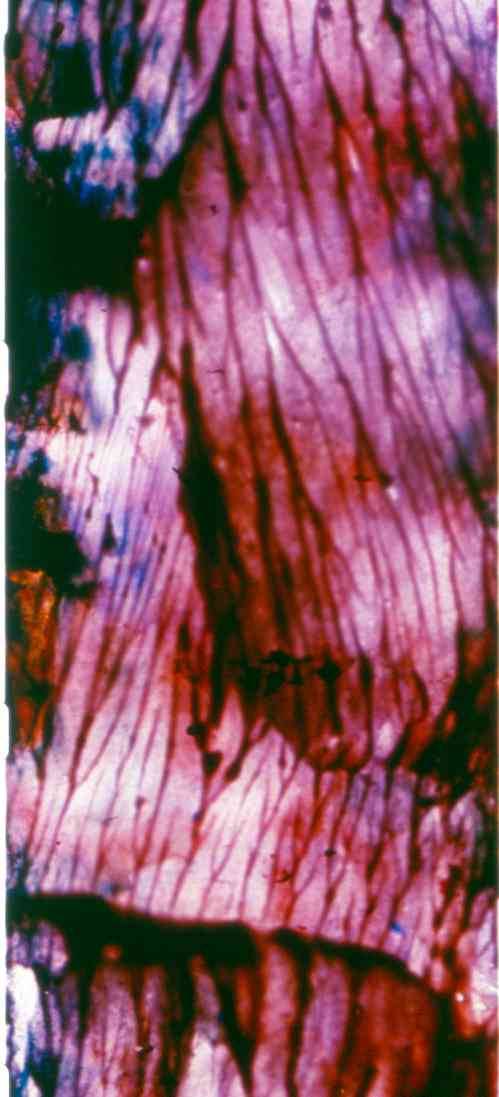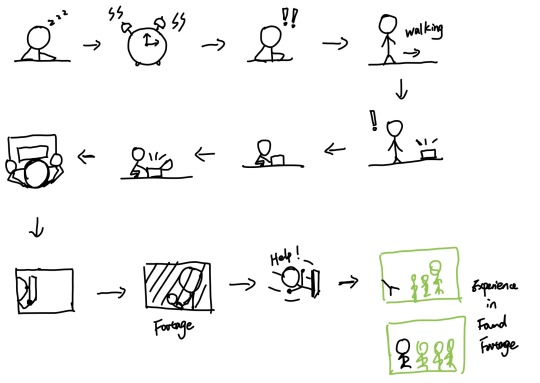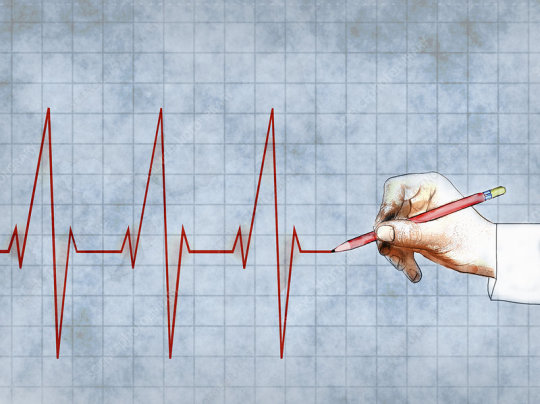Text
Post-production
Editing Techniques
I will mainly use montage as my editing technique. Montage is a creative film editing technique that helps me build mystery and present the passage of time. Moreover, I will use some fast-paced flashbacks to create visual conflict. I also will use video overlay techniques to enrich the visual experience and to meet my narrative needs.
Sound Design
For the sound design of my film, I will quote three different sounds of the waves as background sounds to establish the narrative rhythm. For example, I will use a slightly calmer sound of the waves at the beginning. And then use the complex or noisy sound of the waves in the middle part. And the ebbing tide at the end because I want to signal that things will finally return to calm and leave a space for audiences to imagine by themselves.
I will also add some related daily sound effects, such as an alarm clock, street noise and heartbeats, to enhance the audio-visual impact of my film.
0 notes
Text
Film reference
Dog Star Man (1961-64), by Stan Brakhage.
youtube
Dog Star Man is a series of experimental short films with four parts. It follows the adventures of a bearded woodcutter (Brakhage) who climbs a snow-covered mountain with his dog to cut down a tree. On this journey, he witnesses various mysterious visions on his ascent with recurring imagery, such as women, children, nature and the universe. As I also want to produce an adventure story, its narrative form and editing techniques have provided a good reference value for my post-production idea. Tangible elements of the film appear briefly, such as the flickering of fire and the speckling of traffic lights simulating nighttime. Also, the film contains several close-ups of living scenes, such as the moon and dog hair, interspersed with abstract colours, textures and scratches in a constantly morphing mess. In addition, the overlay and out-of-focus techniques he used in this film inspired me to combine different film materials for the presentation.
1 note
·
View note
Text
Visual reference from Len Lye
A Colour Box (1935), by Len Lye.
youtube
He boldly uses simple shapes to paint a colourful world. Experimenting with different types of paint, Lye uses camel hair brushes and fine-toothed combs to build up coloured textures on transparent film stock, rendering many complex and messy images. In addition, he associates specific shapes with popular Cuban music to create a sense of looseness. As I also wanted to present wave variations interestingly in my films, his work gave me a great reference.
Free Radicals (1958), by Len Lye.
youtube
Lye's experimental work by creating scratches on the black film has also influenced my visual design for my experimental film to some extent. I want to show the protagonist's state of mind and create a narrative atmosphere through the different wave marks. In addition, his use of overlapping scratches and references to traditional African music to set the film's pace creates an unusual audio-visual experience for the audience. These kinds of techniques help me to build the rhythm of my film.
0 notes
Text
Visual reference from Stan Brakhage
Panels for the Walls of Heaven (2002), by Stan Brakhage.


The waves that occur in my film will be changed in shape and colour as the story develops. Thus, the artworks by Stan Brakhage inspired me in the colour scheme. For example, his work Panels for the Walls of Heaven shows a labyrinth of possibilities. The variety of images in Panels for the Walls of Heaven display similar yet distinctive mottled patterns of colour and texture. The bold use of colour and the overlaying of different colour textures appeal to me. At the same time, it will be one of my references for designing the waves in my experimental film.
Rage Net (1988), by Stan Brakhage.
youtube
Rage Net is one of Brakhage’s “moving visual thinking” works. He uses intricate colours to provide a vibrant and groundbreaking visual experience. As I want to create a climax and a reversal of the story in the second half of my film, the visual clash of this complex colour is a great design inspiration.
0 notes
Text
Final experimental project - Pre-production
The synopsis of my experimental film is the protagonist is sleeping and awakened by the alarm clock. He is walking and finds a glowing box on the floor. He opens the box and sees some memory from that box, and then he is drawn into that box and starts his thrilling adventure trip.


I will mainly show the story on black film with some found footage. I plan to scratch some small windows on the black film and overlay them to the found footage, which could create a mysterious atmosphere there.

I will also paint the different waves on the clear films to enrich the visual experience. I will refer to the artist Len Lye’s artworks to design the primary line of “Wave”. In addition, however, I will quote three different sounds of the waves as the background sound of my film. Thus, parts of my waves’ colour scheme will be close to the sea. Furthermore, I also will refer to some artworks of Stan Brakhage to adjust the colour scheme of the second half of my film. These kinds of techniques might help me to enhance the audio-visual impact of my film.


0 notes
Text
Final experimental project - Idea Development
The first idea of my film is composed of clear film, black film, and found footage. But researching some specifically found footage took a lot of work to achieve what I expected. Thus, I have transformed my idea from describing a girl’s day to a Matchstick Men’s wonderful adventure. I will draw the whole “adventure” on the black film and paint the “wave” on the clear film. My production idea is to use a clear film to overlay the black film to provide a double visual effect. I also will make some scratches on the black film to enhance the visuals and create the atmosphere for a better narrative. However, I will still use a little found footage to enrich the visual experience. I might also add some video sources from the Internet to increase my film’s diversity. To achieve a pleasing effect in my film, I need to do some research to reference my wave design. I will begin with Stan Brakhage’s experimental film work, which inspires me greatly.
0 notes
Text
"Wave" - an experimental film (MFDI9333 Final Project)
If people mention the word “Wave”, what will you explain it the first time? In my view, I believe ‘waves’ are present in every aspect of our daily lives. Thus, I want to explore the word “wave” in my film. I will use the “Wave” to tell a story, which is, I will use the “wave” as the main subject to tell a story about a girl’s day.

For production, my film will mainly be composed of transparent, black, and found footage. In addition, I will refer to the artists Len Lye and Stan Brakhage’s experimental film work.
Lye’s scratches are as striking as light in the darkness. As I wanted to show the waves by making scratches on the surface of the black film, Lye’s work gave me an excellent visual reference.

Furthermore, I will paint on a transparent film surface and overlay it on found footage to enhance the visuals and create the atmosphere for a better narrative. The work of artist Stan Brakhage Stellar inspired me in colour design, and his film Dog Star Man (1961-64) helped me combine found footage with transparencies.


For sound design for my film, I will quote three different sounds of the waves as background sounds to create the rhythm of my film.
1 note
·
View note